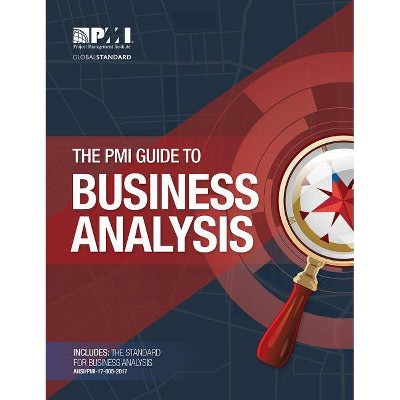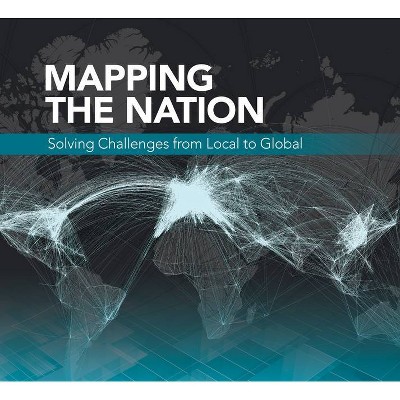The ESRI Guide to GIS Analysis, Volume 2 - 2nd Edition by Andy Mitchell & Lauren Scott Griffin (Paperback)

Similar Products
Products of same category from the store
AllProduct info
<p/><br></br><p><b> About the Book </b></p></br></br><p>See why you don't need to understand complex mathematical theories to apply statistical tools in your GIS projects in <i>The Esri Guide to GIS Analysis, Volume 2: Spatial Measurements and Statistics</i>.</p><p/><br></br><p><b> Book Synopsis </b></p></br></br><p><strong>Learn how to get better answers in map analysis when you use spatial measurements and statistics. </strong></p> <p>Spatial measurements and statistics give you a powerful way to analyze geospatial data, but you don't need to understand complex mathematical theories to apply statistical tools and get meaningful results in your projects. </p> <p><i>The Esri Guide to GIS Analysis, Volume 2: Spatial Measurements and Statistics</i>, second edition, builds on Volume 1 by taking you to the next step of GIS analysis. Learn to answer such questions as, how are features distributed? What is the pattern created by a set of features? Where can clusters be found?</p> <p>This book introduces readers to basic statistical concepts and some of the most common spatial statistics tasks: measuring distributions, identifying patterns and clusters, and analyzing relationships. </p> <p>Updated with the latest and most useful software tools and revised explanations, each chapter in <i>The Esri Guide to GIS Analysis, Volume 2 </i>is organized to answer basic questions about the topic. Explore how spatial statistical tools can be applied in a range of disciplines, from public health to habitat conservation. Learn how to quantify patterns beyond visualizing them in maps. Examine spatial clusters through an updated chapter on identifying clusters.</p> <p>Use <i>The Esri Guide to GIS Analysis, Volume </i>2, second edition, to understand the statistical methods and tools that can move your work past mapping and visualization to more quantitative statistical assessment.</p><p/><br></br><p><b> From the Back Cover </b></p></br></br><p><strong>Learn how to get better answers in map analysis when you use spatial measurements and statistics. </strong></p> <p>Spatial measurements and statistics give you a powerful way to analyze geospatial data, but you don't need to understand complex mathematical theories to apply statistical tools and get meaningful results in your projects. </p> <p><i>The Esri Guide to GIS Analysis, Volume 2: Spatial Measurements and Statistics</i>, second edition, builds on Volume 1 by taking you to the next step of GIS analysis. This book introduces readers to basic statistical concepts and some of the most common spatial statistics tasks: measuring distributions, identifying patterns and clusters, and analyzing relationships. Explore how spatial statistical tools can be applied in a range of disciplines, from public health to habitat conservation. Learn how to quantify patterns beyond visualizing them in maps. Examine spatial clusters through an updated chapter on identifying clusters.</p> <p>Use <i>The Esri Guide to GIS Analysis, Volume </i>2, second edition, to understand the statistical methods and tools that can move your work past mapping and visualization to more quantitative statistical assessment.</p>
Price History
Cheapest price in the interval: 40.99 on October 23, 2021
Most expensive price in the interval: 40.99 on November 8, 2021
Price Archive shows prices from various stores, lets you see history and find the cheapest. There is no actual sale on the website. For all support, inquiry and suggestion messagescommunication@pricearchive.us




















